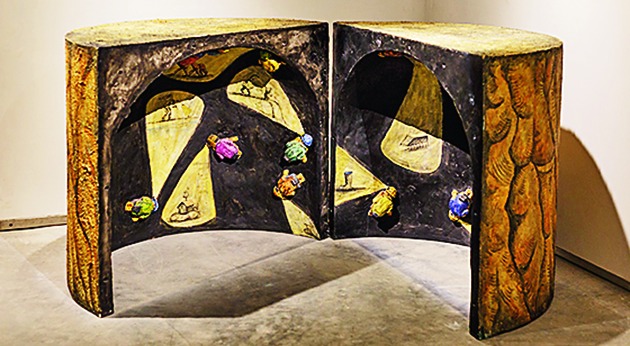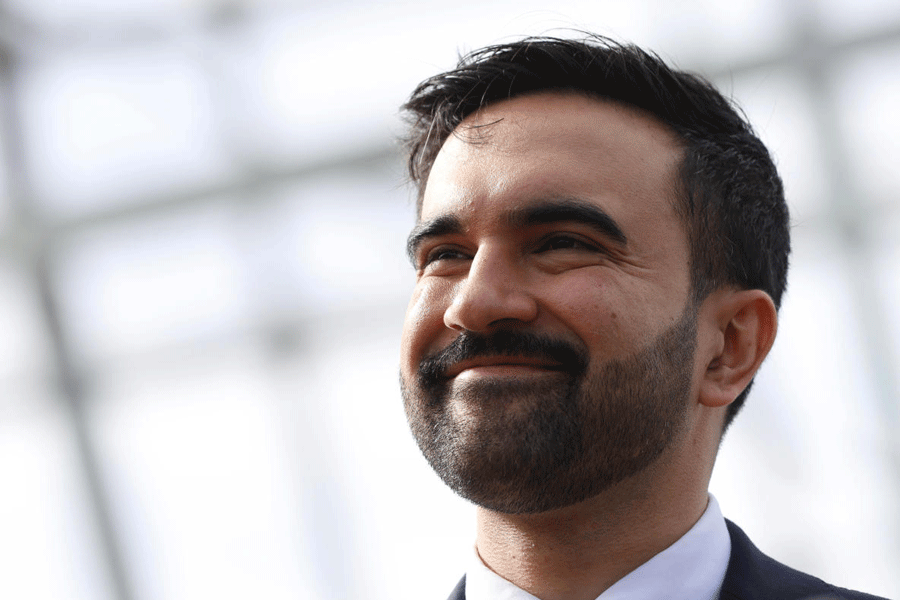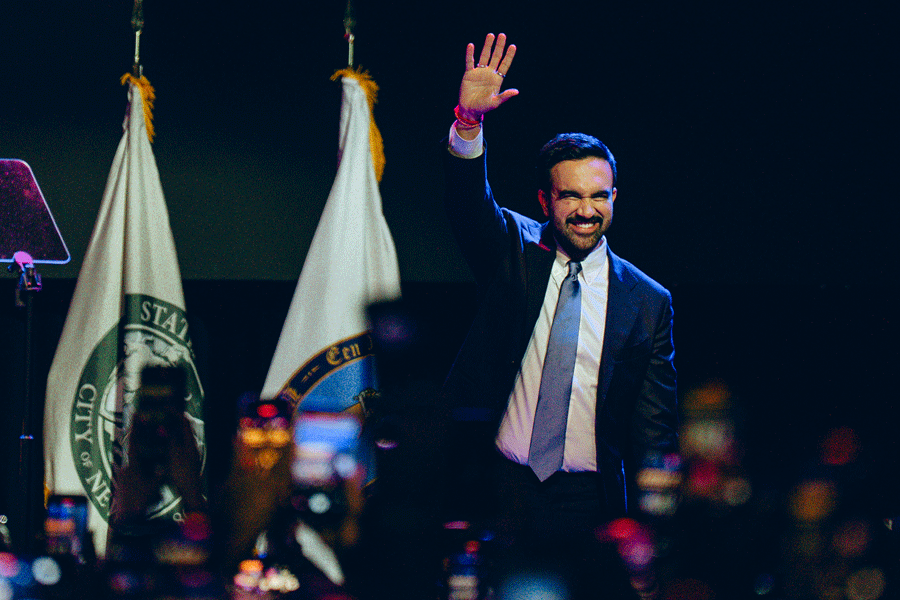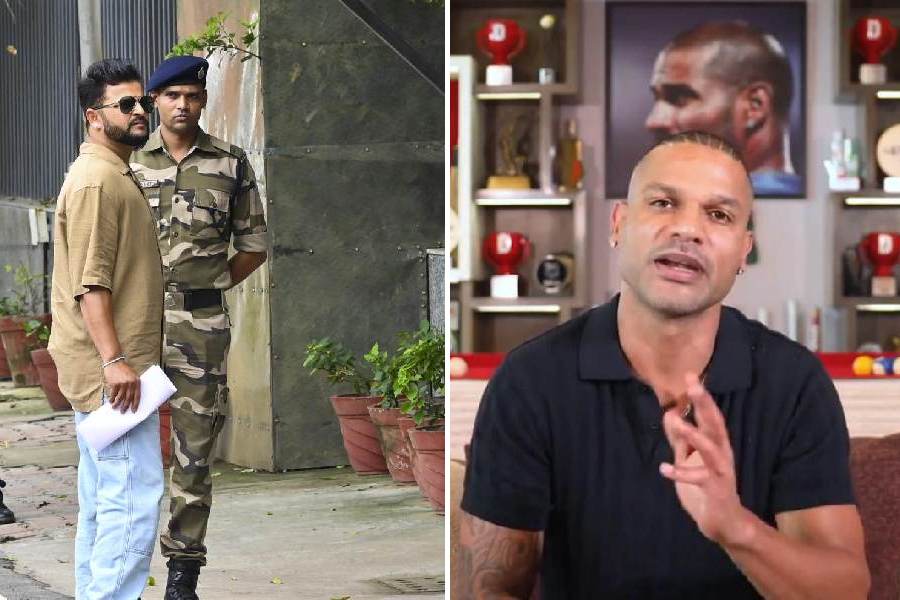
Historical detection involving travel between continents, comparative cultural analyses and a fecund literary imagination come together in Birla Academy's show, Following the Box, which ends today. The 'box', discovered by photography academics Alan Teller and Jerri Zbiral in Chicago, contained negatives and prints of Indian village life dated May, 1945, while the war still raged in the Asia-Pacific region.
The material was meagre, revealing nothing beyond the images. But not only did it inspire curators Teller and Zbiral to ferret out as much information about the series as they could -yes, the photographer was American, a soldier and stationed at an airbase near Kharagpur - but also to seek the responses of 10 Indian artists to it. The result: an unusual show bridging many dimensions.
The evidence, frustratingly reticent about its author, stokes the imagination of Prabir Purkayastha and Sanjeet Chowdhury to invest the phantom with an identity. Purkayastha's storyboard with pictures and lucidly-written text brings to life a small-town young man with common American ways who questions the war, dreads the unseen enemy and dreams of home. As does the Japanese kamikaze pilot, Hayashi Ichizo, whose quote the artist uses. Chowdhury's video invents, through letters to an imagined girlfriend, an accidental soldier who's had war thrust upon him. He's Jewish - that is, not a WASP, a subtle twist - and, hence, approaches the host culture with non-judgmental openness.
Subtlety also marks Amritah Sen's accordion-fold book which, like the dialectical movement of History, is meant to stress continuity through turning points. She juxtaposes photos of village children taken by the American serviceman and those of children in an urban middle class family- her own, actually- during the 1940s to contrast the irony of two worlds co-existing under the broad category of Indian reality.
Irony bristles in Aditya Basak's work which, by referring to a Baroque altar piece with a painted stoup at its bottom, underlines how the brutality of war and famine was unleashed by a self-proclaimed superior civilization that preached love and peace. Chhatrapati Dutta's elaborate composition is pegged on the visual riff of American war planes with a grotesque head of Churchill as its axis. And Sarbajit Sen confesses a debt to Barthes's Camera Lucida in his ruminations which inhabit a dichotomy of tones, "one expressive, the other critical"- as Barthes put it - to create trenchant cartoon panels.
The year, 1945, when the photographs were taken, became an anchor for Alakananda Nag's search for a parallel narrative. However, her human subject isn't as engaging as her 'dark room' which remembers photographs as physical objects rather than images, born through a manual process. While Swarna Chitrakar weaves images around the photographic cues she picks up, Mamata Basak and Sunandini Banerjee are content to yoke them to traditional visual elements, though the latter's satiric wit is evident.Teller hasn't gone beyond the expected in his video. But Zbiral's assemblage is as teasing and compelling as the puzzle they trailed.










